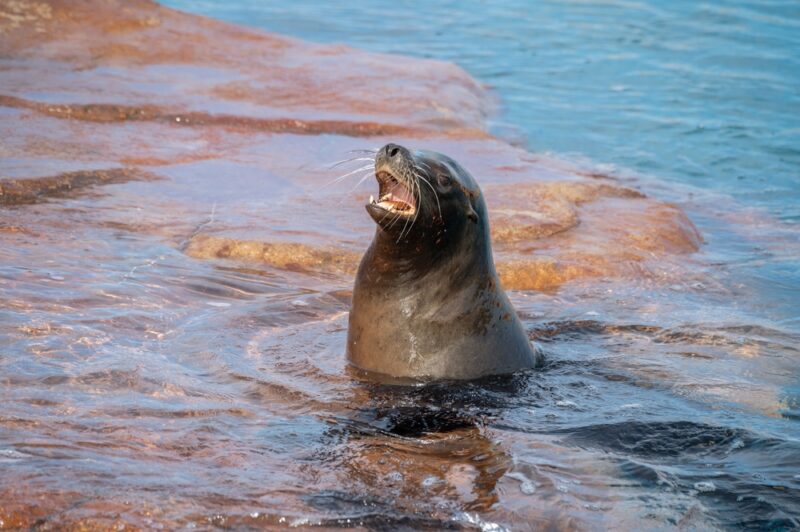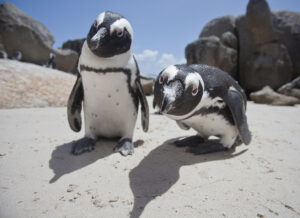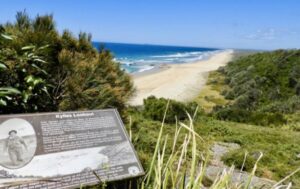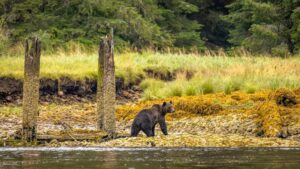When you think of dangerous animal encounters and surfing, you immediately think of sharks. But something completely unexpected attacked RJ LaMendola when he was surfing off Oxnard, California. Around 140 meters from shore, a sea lion chased him down and bit him.
Showing highly erratic behavior, the animal charged at him with alarming speed, mouth agape, and eyes locked onto him. Despite his efforts to evade the deranged sea lion, it bit him on the left buttock, dragging him off his surfboard and into the water. LaMendola managed to fend off the attack and paddle back to shore, where he sought medical attention.
Posting about the incident on Facebook, LaMedola said, “It started as an ordinary session…The ocean was calm, the rhythm of the swells familiar — until, out of nowhere, a sea lion erupted from the water, hurtling toward me at full speed…My heart lurched as I instinctively yanked my board to the side, paddling frantically to evade it as it barrelled forward, intent on crashing into me.”

Photo: RJ LaMendola
Continued the attack
Even after the sea lion bit him and wrenched him from his board, it continued to pursue him as he tried to get back to shore.
“Its expression was feral, almost demonic, devoid of the curiosity or playfulness I’d always associated with sea lions,” he recalled.
Back on land, LaMendola drove himself to the hospital where the bite was treated. It should heal fully, but LaMendola is still shaken and concerned about getting back into the water. He contacted local wildlife authorities to report the incident. The attack comes amidst a growing number of incidents involving sea lions and dolphins in Santa Barbara and Ventura County. It highlights a growing environmental crisis along the California coast.
Sea lions and other marine mammals are displaying unprecedented aggression due to domoic acid poisoning. Harmful algal blooms flourishing along the coastline release a neurotoxin called Pseudo-nitzschia. The toxin accumulates in fish like anchovies and sardines, which are primary food sources for sea lions and dolphins. When these marine mammals chow down on the contaminated fish, they take in the toxin, which affects their brains and leads to seizures, disorientation, and aggressive behavior.
A deadly plague
The current algal bloom has had devastating effects on marine life in Southern California. The Marine Mammal Care Center in San Pedro is caring for over 140 sick sea lions, with a further 45 at the Pacific Marine Mammal Center and another 15 at SeaWorld San Diego. Wildlife authorities in the area are being inundated with calls about dolphins and sea lions washing up on shore. Though they can treat poisoned sea lions, the same cannot be said for dolphins. Vets have to euthanize the beached cetaceans, as they rarely survive domoic acid poisoning.
These toxic blooms are worsening due to warming oceans and agricultural pollution. In 2023, thousands of marine mammals died, and this year’s algal blooms could be even more devastating.






